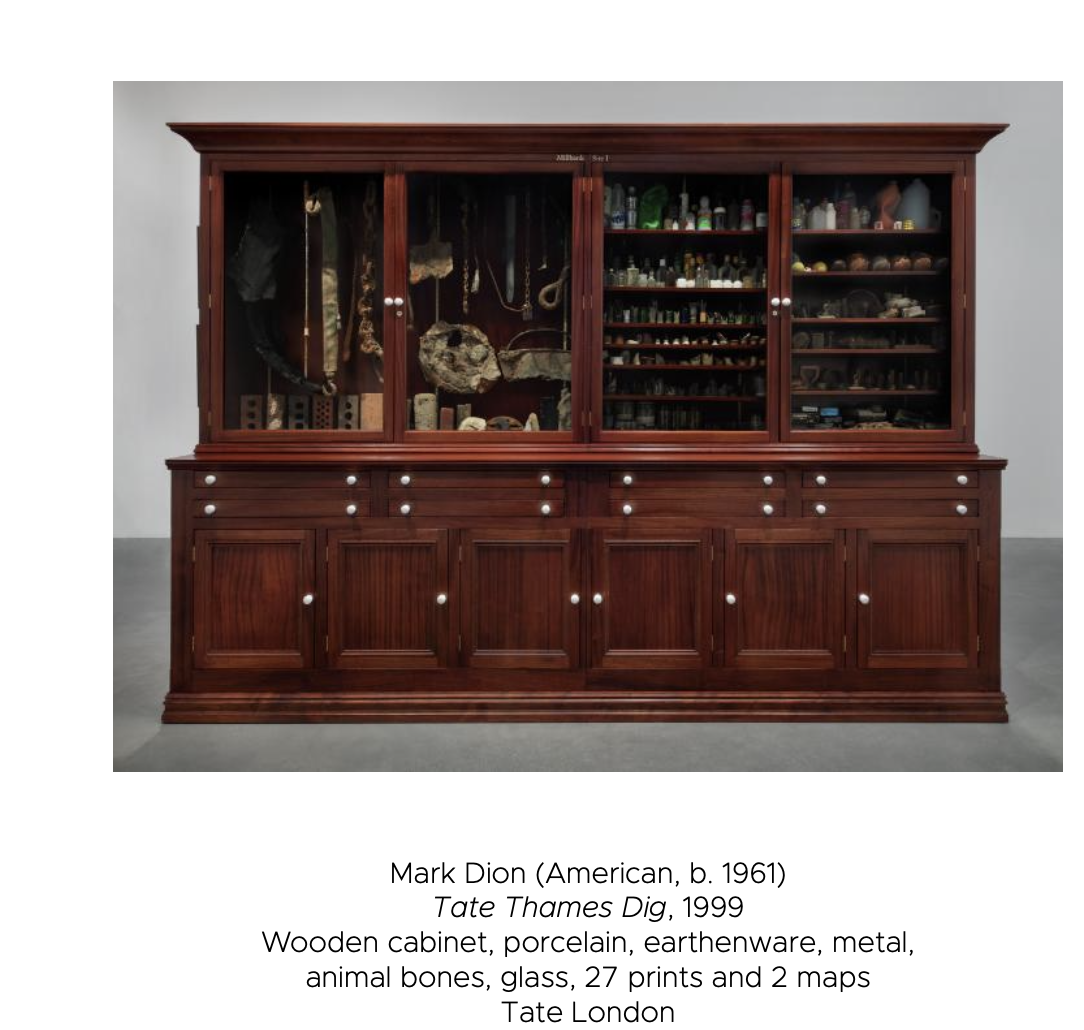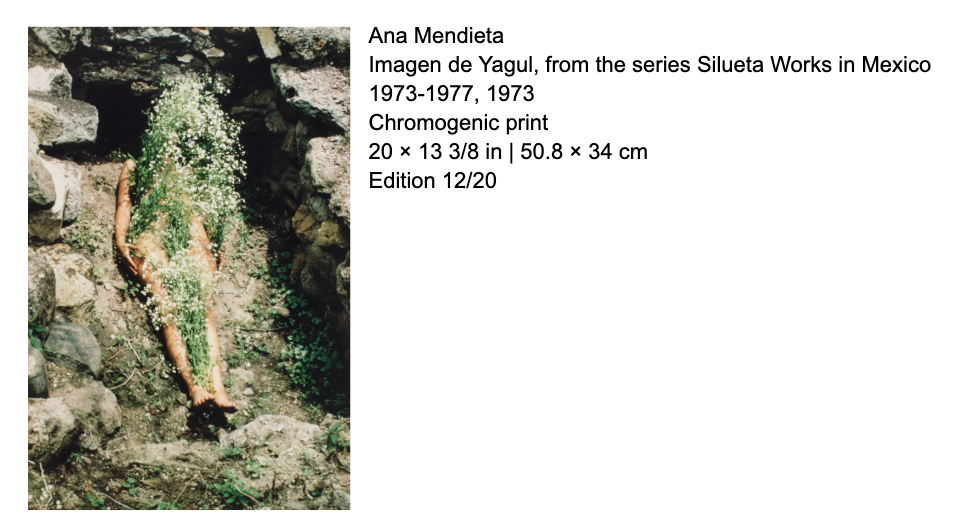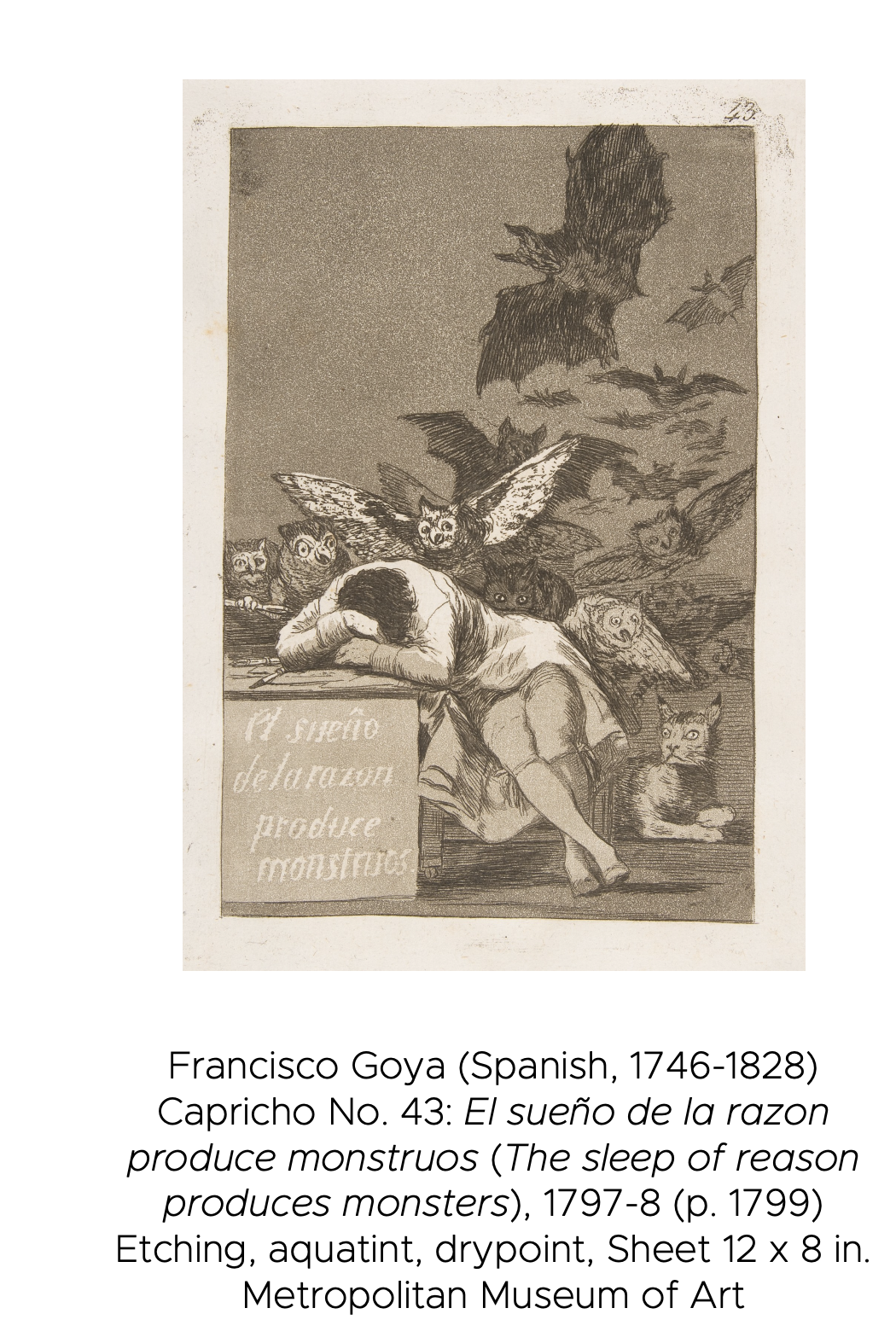OBJECT RESPONSES
History of Modern & Contemporary Art: Parsons NYC
Each week, students are prompted to prepare a thoughtful and engaged response to one of the objects featured in the previous week’s lecture. The response may take any form (e.g. a few written paragraphs, a recording, a drawing, painting, sculpture, etc.) as long as it ably conveys thinking about the chosen object.
Week 10: UTOPIA
When I first learned about the 0.10 exhibition in my exhibitions history course, it stood out immediately. I had already known about Kazimir Malevich’s Black Square—how it was hung high in the corner of the room like a sacred icon—but seeing it in the context of the whole exhibition added so much weight to what it represented. The show wasn’t just a collection of abstract works; it was a declaration of a complete break from the past. The title itself, “0.10,” referencing the idea of a reset or a new beginning, felt bold and deliberate. It wasn't just about aesthetics—it was about redefining what art could be, and who it was for.
What really struck me was how rebellious the work felt, and how that rebellion came through in such minimal, almost silent ways. There’s something especially powerful in abstraction when it strips away everything but still feels emotionally and politically charged. Malevich’s black shapes and geometric forms weren’t trying to please anyone—they were unapologetic. And in their refusal to conform, they created space for new ways of seeing and thinking. That kind of nonconformity feels even more radical in today’s context, when we’re so used to visual overload.
I admire the courage it took to present something so reduced, especially at a time when that kind of work could be dismissed as meaningless. To me, the 0.10 exhibition isn’t just a moment in history—it’s a reminder of how art can act as a form of resistance, even in its quietest forms. And that resistance doesn’t always have to look like chaos. Sometimes it looks like a black square on a white wall—and that’s enough.

Week 9: HELL
When I first saw Le Trajet in the lecture, it reminded me of nighttime, a time I hold onto deeply in my day-to-day life. Living in NYC, silence doesn’t quite exist for me, though there remains a calmness that only comes late at night when the energy in the atmosphere shifts and I finally get to sit in a meditative solitude. Nighttime and ‘alone time’ are things I have always valued throughout my life, ever since I was a young girl. This painting captures that feeling for me almost exactly–it captures a suspended stillness, like time is pausing just long enough for me to catch my breath. Right now, I’m in one of my life's busiest and uncertain phases. I’m constantly moving between school, work, creative projects, and trying to pinpoint what kind of life I want to build. So when I look at this painting, I can see that the in-between space reflected at me. The figure feels floating, not fully grounded nor lost, but in a quiet in-between. It mirrors my transitory spaces, trying to navigate who I am, where I’m going, and what resonates with me most. I also love the colors, the deep indigo and pale gray/blue remind me of the moments before sleep when everything gets softer. Though the painting is not loud or dramatic, it speaks loudly on solitude, self-awareness, and becoming, and I think that's what I’m learning to appreciate, too. Sometimes, transitory periods are equally powerful places.

Week 8: HYBRID
This painting feels poised within two distances. The subject, presenting softness and elegance, is caught in a moment that doesn’t quite belong to tradition or modernity. However, her sheer black robe drapes to her body reflect Western fashion photography. In contrast, the restraint in her expression, the minimal background, and the airy texture of the silk all feel distinctly Japanese.
The painting is provocative, but this provocation is not explicit or vulgar and is more about quiet subversion. The sensuality in this image is modern, especially for 1930s Japan, when the country was faceted with rapid Westernization and shifting gender roles. It’s not just about seduction but about complexity: a hybrid of softness and control, of East and West, of exposure and composure.
As an Asian American woman, I immediately understood this image through the perspective of hybridity–of living between cultures, of constantly negotiating how I present myself. I envision myself in her stance, both confident and cautious. She is grounded but also ready to shift and adapt. The essence of always being an in-between—never entirely Western, never fully Eastern—has defined so much of how I move through the world. It also poses questions about what it means to be ‘fully Western’ or ‘fully Eastern’ and what it means to fulfill the totality of a culture and/or nationality.
I also find the inclusion of the rattan chair engaging, a colonial object paired with the nihonga technique. This creates a quiet tension, a blend of influence that doesn’t result in losing identity. I relate to this balance. Trying to stay rooted in cultural memory while still engaging with a global, contemporary world.
Woman Leaning on a Rattan Chair doesn't scream hybridity. It whispers it. Hybrid identities do not always have to be deemed extreme--Oftentimes, they are subtle, nuanced, and graceful. Like this woman, they’re composed but full of questions just beneath the surface.

Week 7: VISION
Upon viewing the lecture slides, I was instantly drawn to Scherzo di Follia–how the subject both submits and subverts to gaze. Created in a time when women were denied the privilege of ‘incognito’ in public space, this piece reverses that limitation into a performance. The Countess, who embodies aristocratic status and self-awareness, constructs her image not as a passive object of the gaze but as a participant, an intruder. She holds the mask, quite literally framing her own vision, reclaiming the act of the gaze and vision. Women were never given the same space to roam and observe, yet the Countess, within the confines of her private studio, manipulates the camera, creating her own version of flânerie, self-surveillance, modernity, control, and fantasy. Though she cannot roam anonymously through the city, she can stage a world where she is both the watcher and the subject, controlling the dynamics in which she is consumed. She confronts the gendered limits of vision in the 19th century, creating a duality between narcissism and resistance, vanity and agency. In the image, I see not just a figure from history but a woman who has understood the power of image, authorship, and mystery, prelude to ideas popularized in media theory. I resonate with this work as I’ve long focused on constructing my identity and public persona, navigating how I present myself in the digital age and in public; it is almost hard not to see pieces of myself in her. I’m reminded that vision is never neutral; those who get to look and those who define what is worth looking at–it feels, ultimately, very political. Sometimes, reclaiming control over how I perceive myself could be my most radical move. In a way, the Countess was defining what so many of us are attempting to do now: creating our own mythologies, stories and identities.

Week 6: PEOPLE
For this week's topic, People, I was enamored with Formula of the Proletariat of Petrograd by Pavel Filonov. The piece’s utilization of complexity and bold yet structurally developed color resonated with my worldview on the dynamics of human life–contradictory, often unrecognized forces that shape realities. Each figure in the painting plays a part in a larger, somewhat invisible structure, whether societal, historical, or political in change. The painting reflects how, within chaos, there is structure–a structure that governs collective existence similar to the interconnectedness and structures I’ve previously studied through allegory. I observed how the shapes and figures overlap within the painting, potentially hinting at themes regarding how people, ideas, and various forces are intertwined yet fragmented. This speaks to the overarching narrative that each individual contributes to a much larger whole that many don’t always see. This concept of interconnectedness resonates with me, specifically within the tension between chaos and structure. Reflecting on our current day and age, it is exceptionally apparent that we live in a structured, chaotic society, where every aspect of our day-to-day lives are enforced, designed systems shaping our life experience. Filonov is attempting to show us that while we may see fragments of the world around us, everything is part of a grander, unseen system defining our reality. This work has allowed me to reflect on what kind of system I want to contribute to, and it also led to my contemplation on how much of my life is controlled/within the hands of power structures. How can we use art as a tool to share our takes on the systems and use art as a catalyst for change?

Week 5: THINGS
As per our conversation in our last class, this piece instantly reminds me of the Wunderkammer which was one of the first and personal favorite concepts I've learned in my art history career at Parsons. There's something deeply personal about the act of collecting and curating a world through objects that hold significance, whether the objects hold educational, sentimental, or intellectual autonomy. I've always enjoyed considering the dynamics between objects and independence, possession and ownership, and the fact that objects don't just exist but actively write narratives about the collector or institution that assembled them. Mark Dion blurs the lines between modern and historical artifacts, creating a strange tension by displaying objects found in contemporary urban areas often overlooked, disregarded as trash, and fragments of recent history--alongside items that feel more 'museum-worthy'. It forced me to think about what we consider artifacts and what we perceive as meaningless. What's valuable enough to preserve? Through this, Dion challenges the authority of museums, science, and intellect, exposing how and what shapes our perception of history and knowledge. Their work made me contemplate my collections of mementos, souvenirs, found objects and things I keep because they carry a particular memory, hold a certain feeling, or remind me of a person--this led to my conclusion that objects are a product of inherited meaning, whether it is historically engrained or a personal assignment. Overall, this piece was a reminder that objects we overlook today could be the artifacts of the future and made me think about my personal collections and how in the future, they will hold artifact value.

Week 4: LAND
Mendieta’s “Yagui” rests in an area of longing for me. It represents themes of rebirth, interconnectedness, systems of nature, and concepts rooted deeply in Buddhism, a religion practiced by my Grandparents, who run a temple in Virginia. Throughout my lifetime, my grandparents’ teachings on Buddhist ideals, such as rebirth and returning to a natural source, have shaped my perceptions and understandings of the world and the afterlife. Visually, the flowers growing from Mendieta’s body elude to themes such as renewal and the cyclical nature of life and death, connecting deeply with my personal beliefs. I’ve always considered myself a city person who enjoyed accessibility in urban scapes, fast-paced people, and density. However, I’ve found that living in New York City has led to a personal disconnection from nature and sense of belonging to the earth. I’ve felt an increasing longing for the energy and unity with nature that Mendieta’s work represents– I aim for a reconnection in my future, especially in terms of my relationships with land, nature, and the world around me. This piece serves as a reminder of the balance and relationships I seek–belonging in a community of something grander than myself, something as enduring as nature’s system, and understanding my place in the powerful cycle of life.

Week 3: DISASTER
Observing the etching initially, I was struck by its theatricality; there's an element of mockery within the imagery, almost as though Goya is both critiquing and dramatizing the absurdity of human connection. The figure sleeping, unaware of the surrounding monsters and chaos, feels ironic to me. The disconnect between the peacefulness of the sleep and the monsters lurking just beyond consciousness is tantalizing. It evokes feelings of mysticism, reminding me of the spiritual and transcendent themes I studied in the Salon de la Rose-Croix (where occult symbolism underscored the tension between high consciousness and darker manifestations). Within Goya's etchings, there are almost always feelings of surreal calmness in the face of disaster, which may suggest the quiet resignation that comes with ignorance or unconsciousness. However, to me the figure also looks at peace sleeping, and I also interpret the piece as "ignorance is bliss". The figure seems to represent the fragility of human awareness...almost makes me want to scream WAKE UP! (to save him from impending doom). The idea that "sleep of reason produces monsters" introduces a critique of rationality, hinting at the danger of detaching from reason and the unconscious forces that take over in the absence of reason...monsters of our own making, maybe. It makes me think about how we, as humans, confront our internal monsters in the absence of critical thinking. Does it come in form of nightmares? Deja-Vu? Ultimately, I think Goya's piece demonstrates the interplay of reason, spirituality, and the unconscious, and the three's power to create an eerie yet strange, peaceful place where the human mind can be both sanctuary and battle.

Week 2: CHANGE
The Garden of Love, 2016, by American Artist Jessee Mockrin, showcases themes of transformation, vulnerability, and the dynamic between stasis and change. To me, it speaks on modernity’s paradox–modern environments often blend adventure growth and destruction, as described by Marshall Berman. The painting features an interaction between the subject and nature. The feminine figure featured on the right side of the painting wears a flowy pink garment, with a missing shoe, framed by foliage. This potentially suggets states of vulnerability and fragility. The disembodied hand in the bottom left corner reaches out to the female subject, potentially hinting at themes of longing, connection, or a grasp for control in an unstable society. The two subjects speak about the precariousness of the human experience–the difficulty of holding onto things in inevitable change. The dense foliage in the background emphasizes chaos and transformation in modern life. Further, the color palette of the painting uses muted tones, which speaks to the duality of stasis and change. This painting relates to the “clouds of contingency.” Though there are no literal “clouds” in the painting (though one can argue the fabric of the female figure references clouds), the painting reflects the shifting and formless nature of contemporary life. Mockrin’s painting invites reflection on the nature of modernity; change is constant, yet we still seek meaning and connection amid it.

Jesse Mockrin (American, b. 1981), Garden of Love, 2016,
Oil on canvas, 43 in. x 62 in., Private Collection